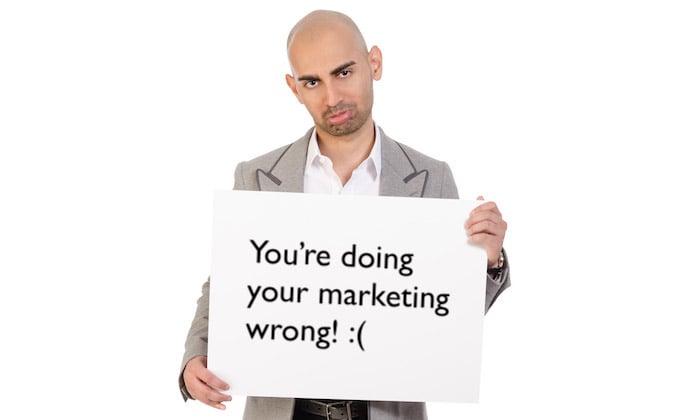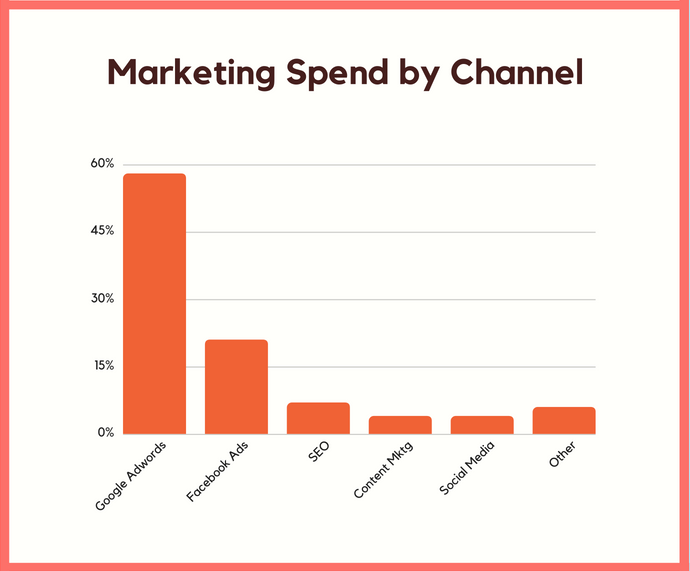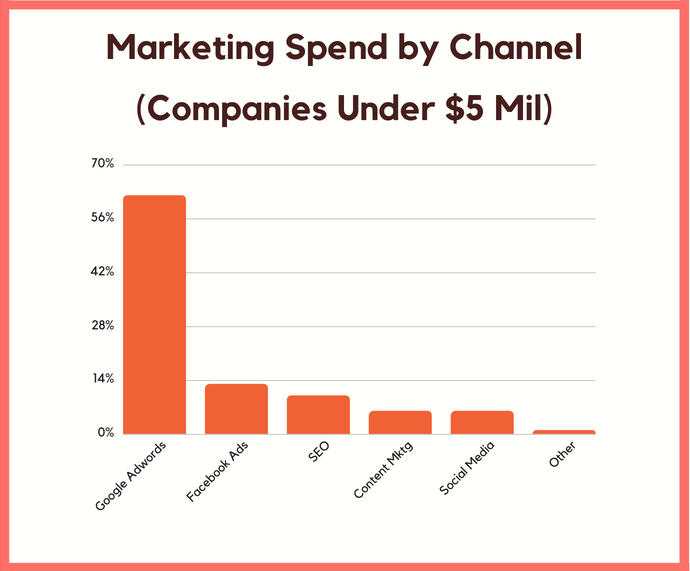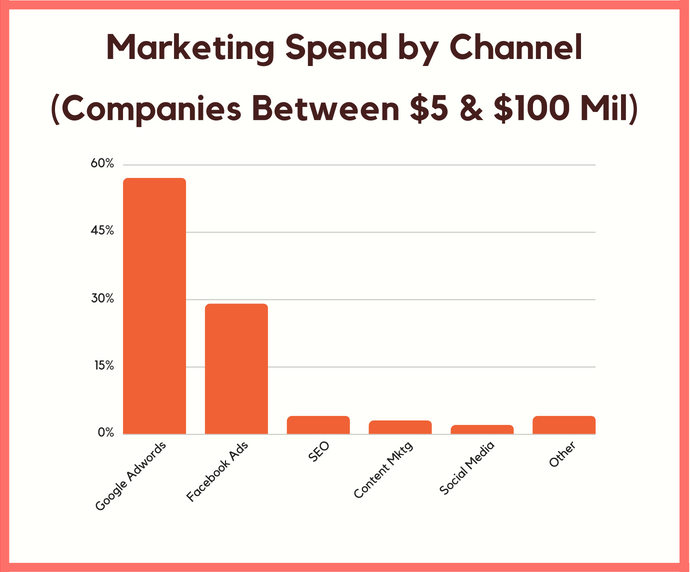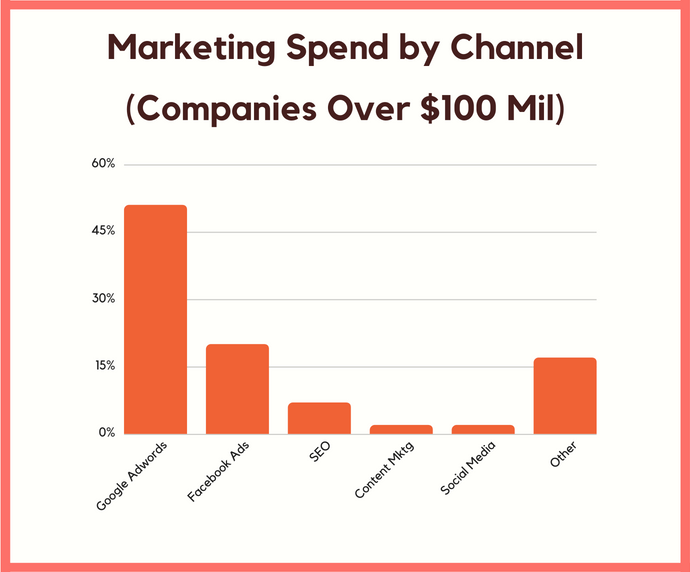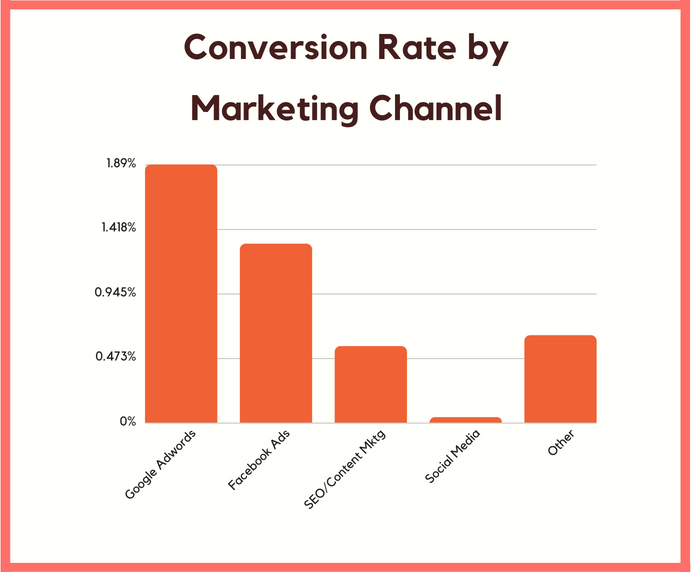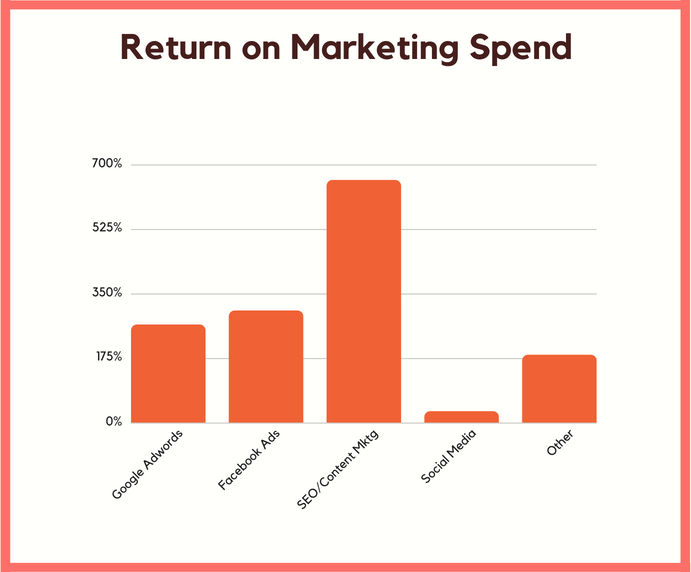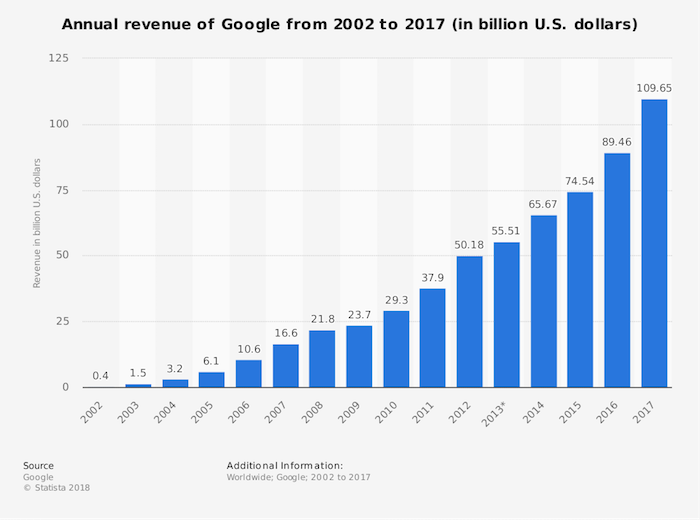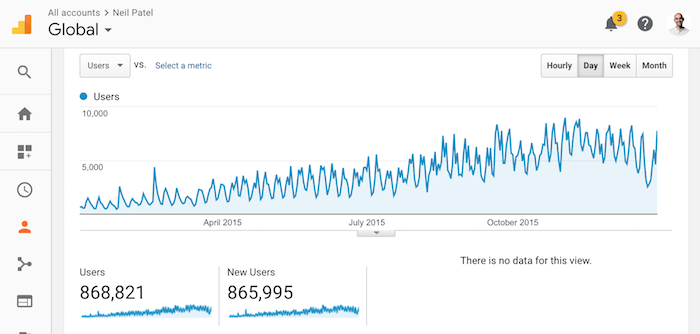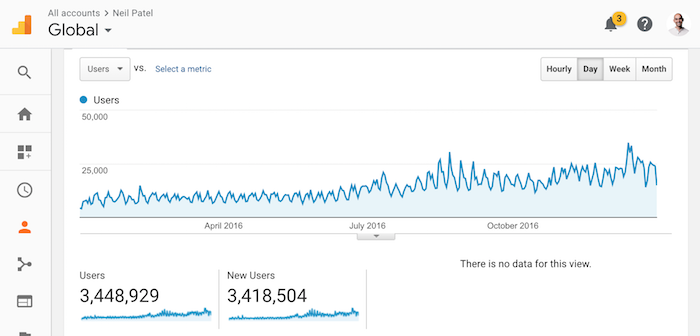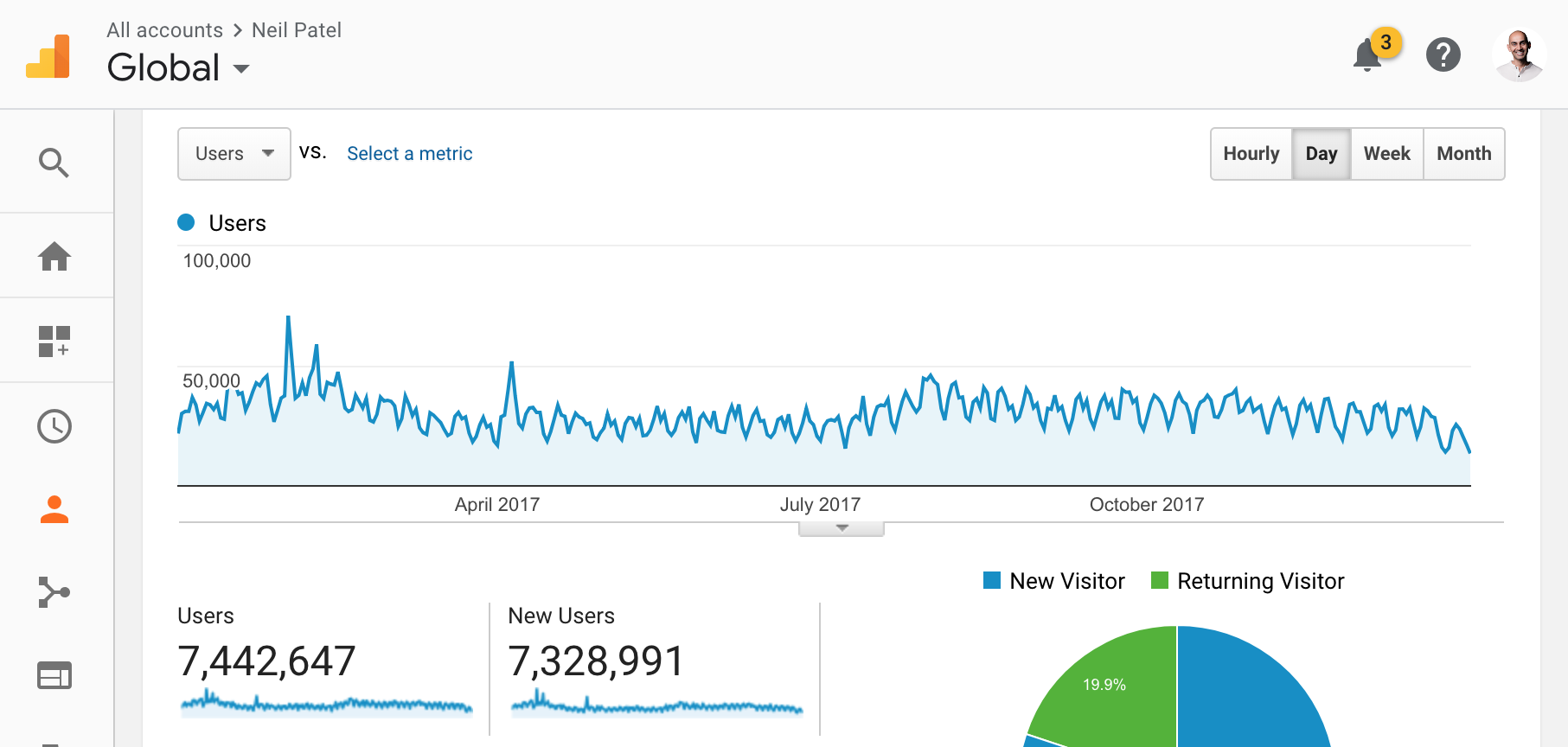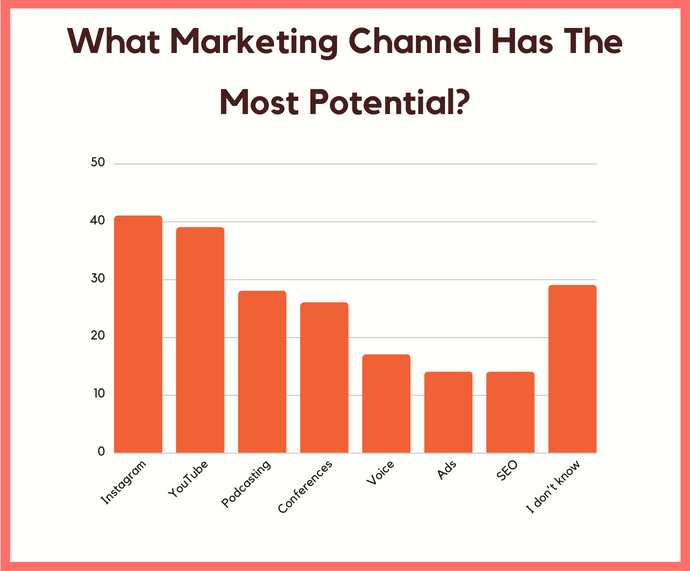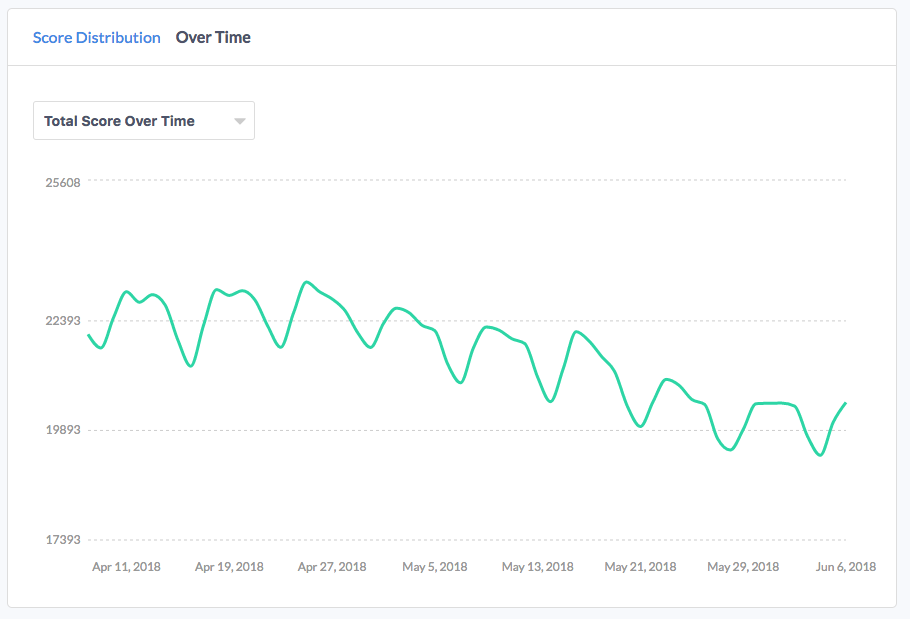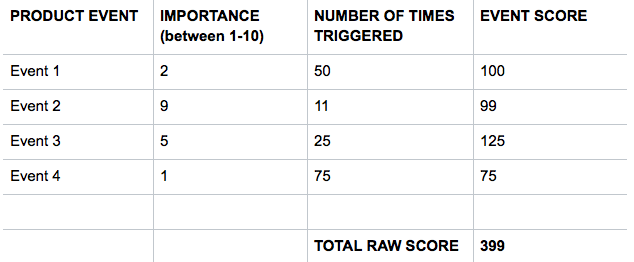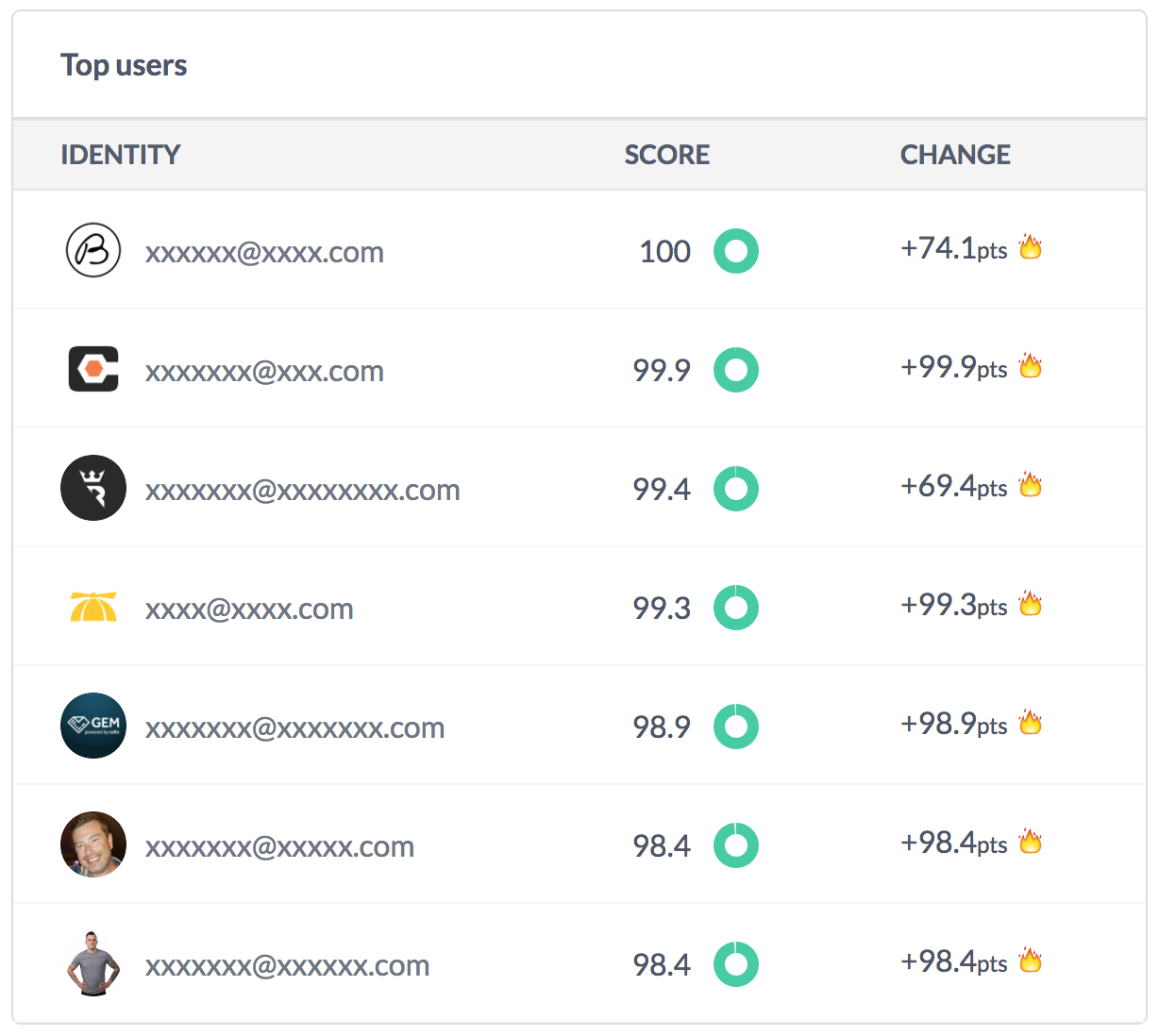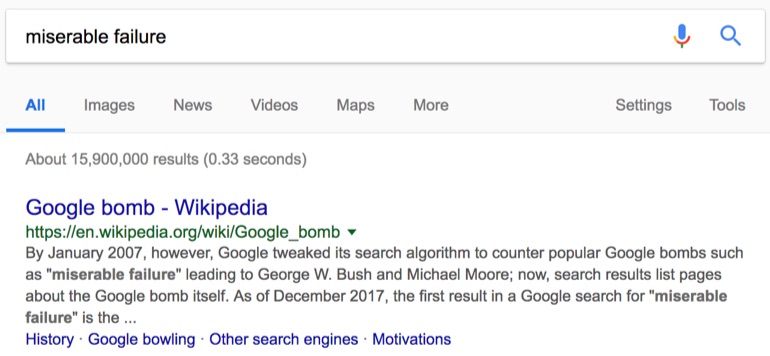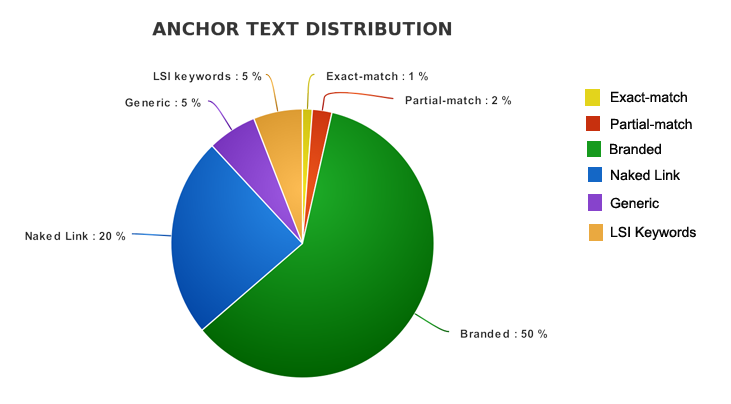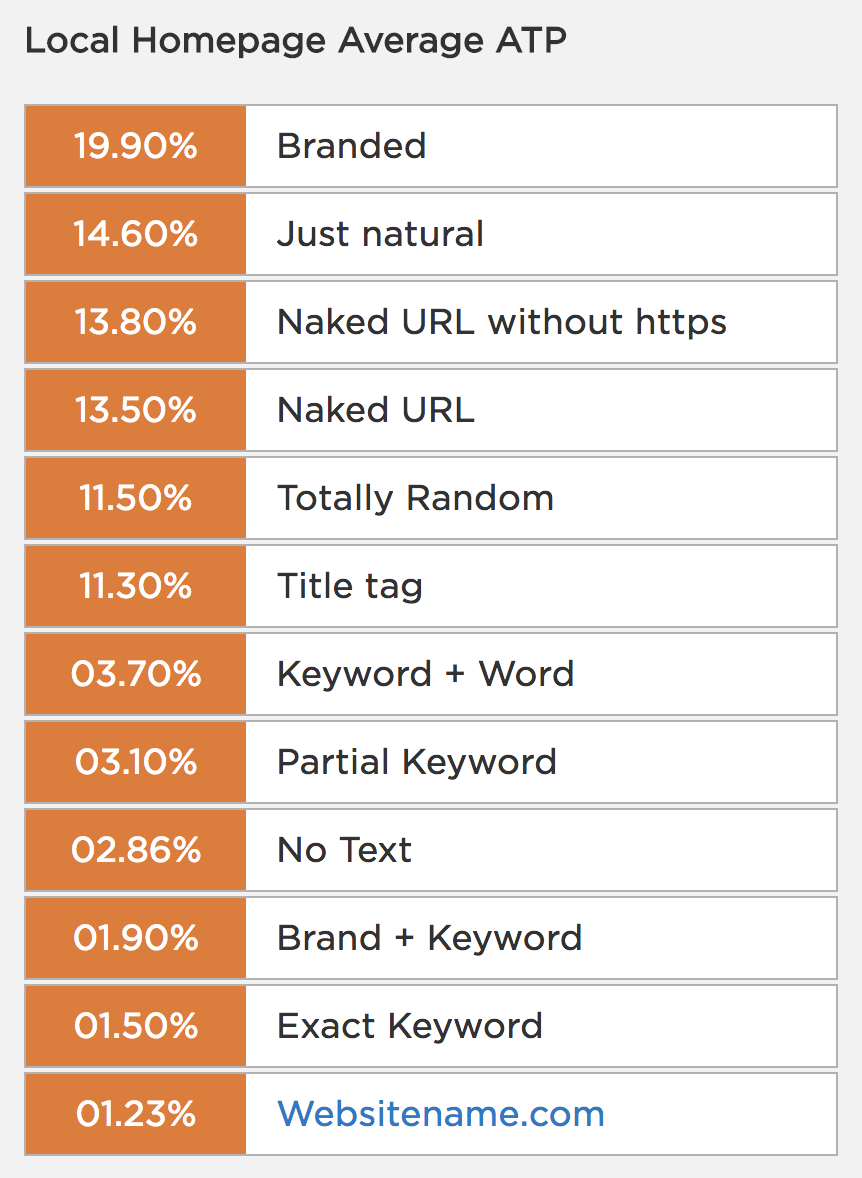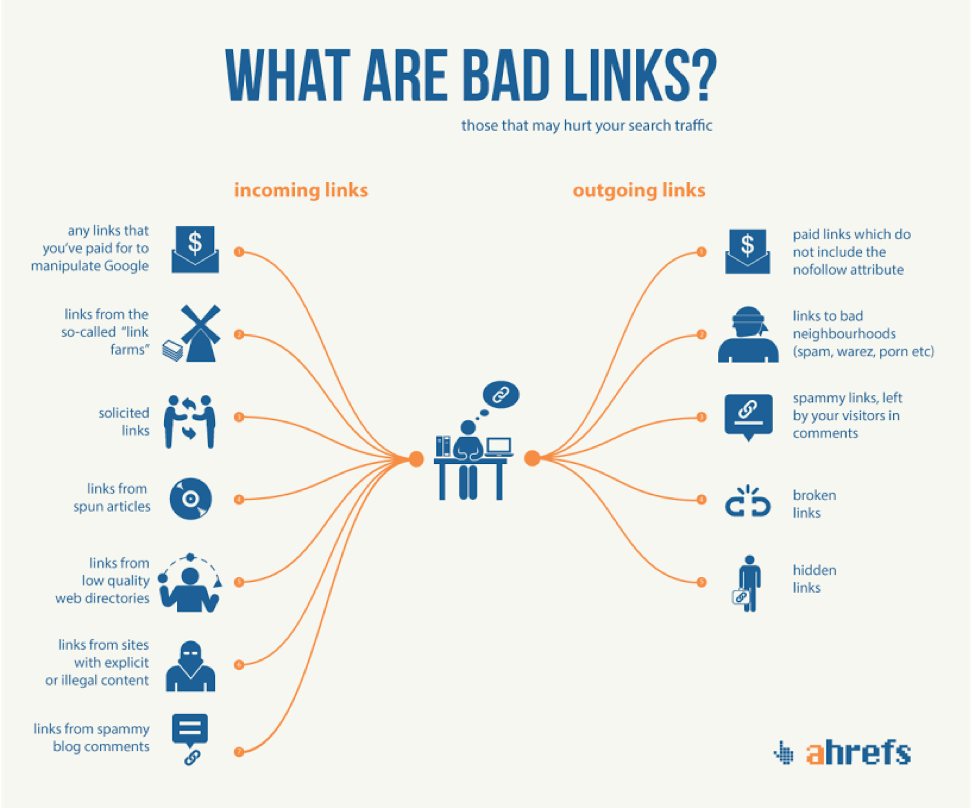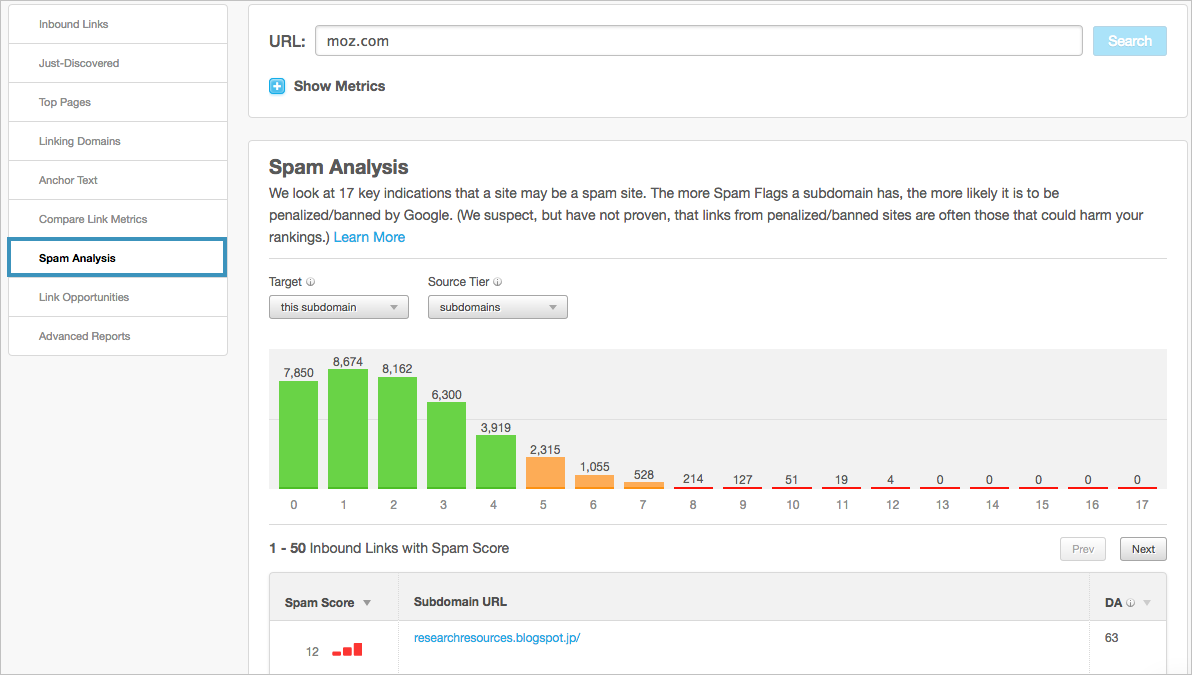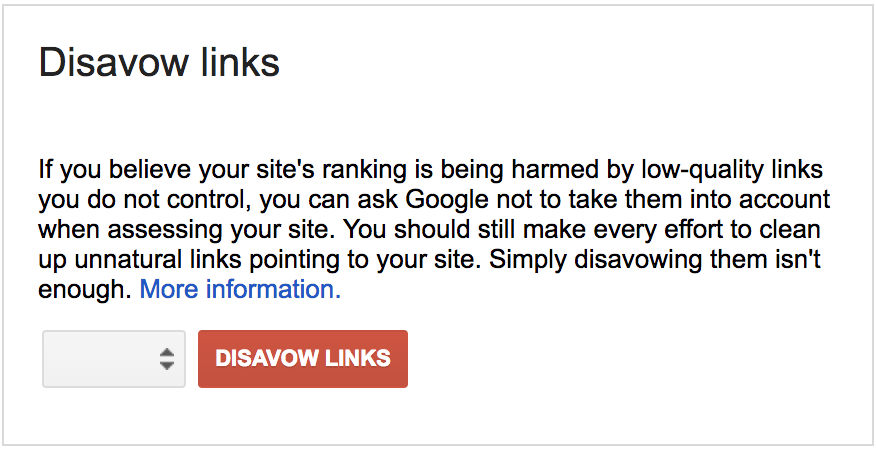
Can you guess how many keywords I rank for?
Well, you are probably going to say 477,000 because I used that number in the title of this post. 😉
And it’s true, just look at the screenshot from Ahrefs. It shows the number of keywords I rank for.
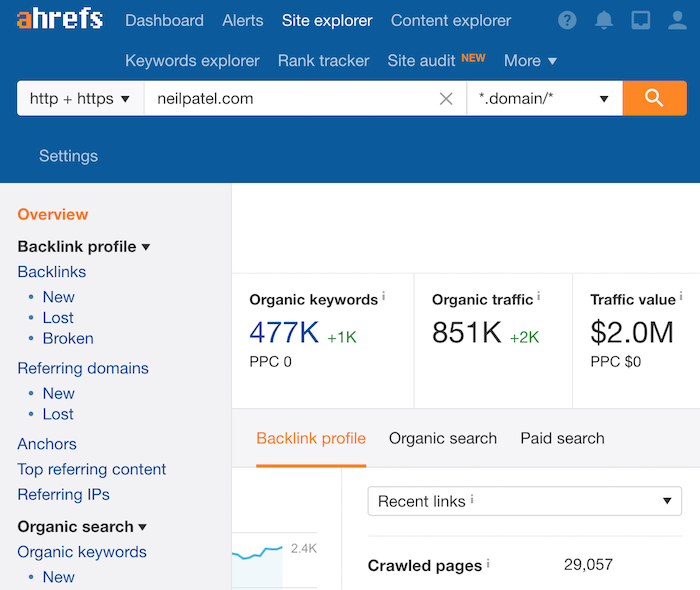
But what’s crazy is that I am in a super competitive niche… digital marketing.
So, are you wondering how I did it?
Well, it starts with proper keyword research.
See most marketers start their keyword research with tools like SEMrush or Ubersuggest and they type in a keyword like “SEO”. You then get a list back with hundreds of keyword suggestions with cost per click and competition data.
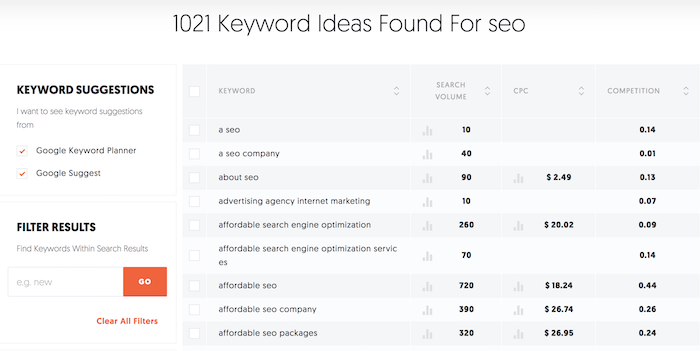
And once you have a list of keywords you like, you probably do what most marketers do, which is to start inserting them into your website or creating content around the keywords.
Does this process sound familiar?
Well, of course, it does because that’s what everyone has been teaching you to do.
But what’s wrong with this?
This process is like gambling… there’s no guarantee that you’ll rank for these new keywords. And even worse, those keywords may not generate you any leads, sales, or revenue.
But thankfully, I have a process for you that will not only help you rank for thousands of keywords, but it will also ensure that this new-found traffic converts into leads, sales, and more revenue.
Here’s the 5-step process that helped me rank for 477,000 keywords.
Step #1: Focus on the pages that drive revenue
Going after the right keywords won’t guarantee you success.
If you rank a page that isn’t converting well, you’ll get more traffic, but your revenue won’t go up.
Sure, you can eventually focus on conversion rate optimization and try to fix that over time, but you are better off driving traffic to pages that are already generating you revenue.
If you haven’t setup goal tracking, watch the video below as it will teach you how.
Assuming you set it correctly, let’s look for the pages that are driving your revenue.
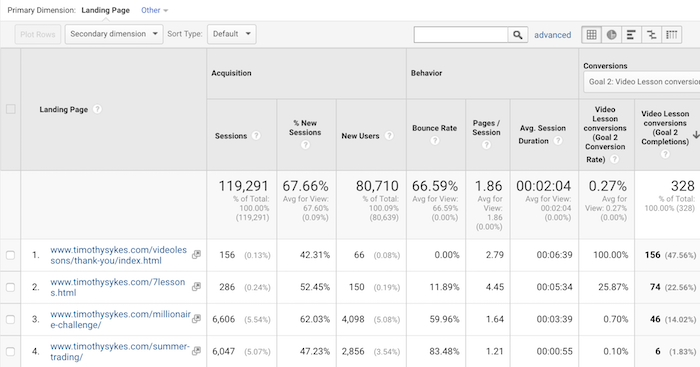
You can see from the image above, I sorted the results by conversions.
You now have a list of pages to focus on. But it isn’t as easy as just picking the top page and going from there.
For example, your top page could be a “check out” page, which, of course, won’t do any good if you rank it higher.
Instead, you should focus on:
- Product pages
- Service pages
- Content pages
Once you have a final list of pages, you’ll want to take those URLs and look them up in your Google Search Console.
Step #2: Log into Google Search Console
Once you’re in Google Search Console, you’ll want to click on, “Search Traffic > Search Analysis”.
This will lead you to a report that looks something like this.
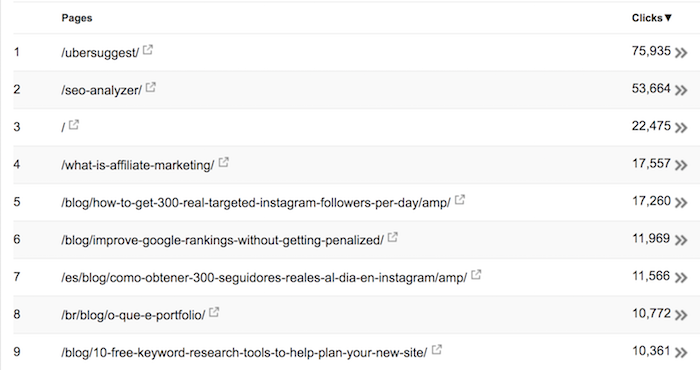
You’ll then want to click on the “Pages” option as it will sort the results by top pages.
At this point, you’ll have to go through your list of pages and find them within Google Search Console.
Once you find one of the pages, click on the URL and then select “Queries” at the top.
This will give you an overview of the specific terms that generate traffic to your high converting pages.
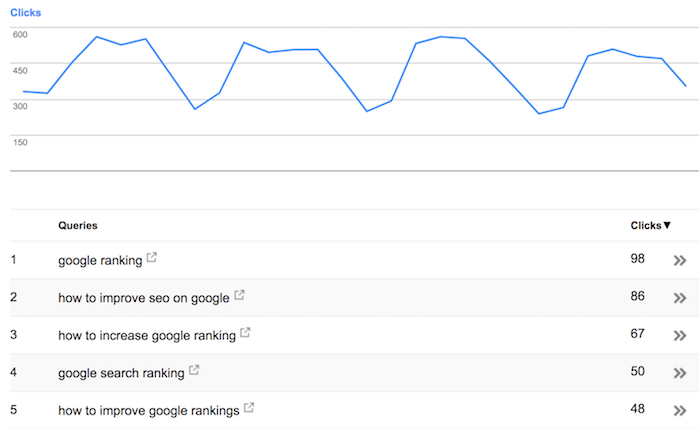
Now let’s download the data in CSV format and open it with Excel.
Once you load it up, it should look something like this.

I want you to first sort the data by impressions. Look for the keywords that are generating the highest impression count as those keywords have the potential to drive the most traffic.
If you feel those keywords are relevant to your product or service that you are offering, make sure you include them within the title tag of your website.
You won’t be able to add all of the keywords to your title tag because it is limited to roughly 60 characters, but adding a few of the most popular terms will ensure that you are going to get higher click-through rates, which will boost your overall search rankings.
Once you’ve adjusted your title tag, let’s do the same with your meta description.
Meta descriptions can be longer these days. Google is ok with roughly 300 characters. So, feel free to sprinkle in a few more keywords, but make sure your meta description still flows in a readable sentence.
And before we get back to the Excel sheet, let’s expand your content by adding in some of the keywords you don’t rank high up on page 1 but should.
You can do this by adding more content to your page, or if you can insert the keywords without “stuffing” them in (just make sure your content flows and provides value).
Now let’s head back over to Excel. You should see a filter icon that looks something like this:
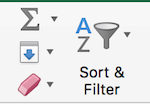
Select column E, as this will select all of the keywords based on their rankings. Then click on the “sort & filter button” and then select “filter”.
You’ll see a table that pops up. Unselect any numbers that are 1, 2, or 3.
You’ll also want to unselect any number that is 11 or greater. This will show you all of the keywords ranking on page 1 that are NOT in position 1, 2 or 3.
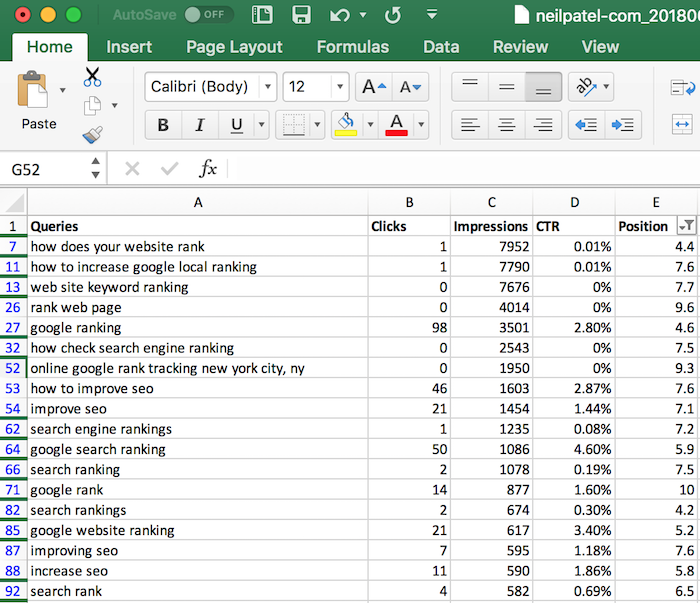
These are the keywords that have the most potential as the top 3 positions generate 20.5%, 13.32%, and 13.14% of the clicks respectfully. You want to be in the top 3 spots as that is where the majority of the clicks are happening.
By, having a list of keywords that are in position 4, 5, 6, 7, 8, 9 and 10… you can now focus on moving them up.
You’ve already done the hardest part which is getting on page 1. It’s not that much more work to get into the top 3 spots (at least for most keywords).
You’ll want to take all of the keywords that are relevant to your page and see if you can blend them into your content or headings without ruining the user experience.
This may mean that you’ll have to re-write your content and make it double the length.
Or if you have a product or service page that you are trying to rank higher, it may mean that you can’t include all of the keywords as it will ruin the user experience and hurt your conversion rate (but you can probably include a few more).
Over time you’ll find that your rankings will slowly climb for keywords that will bring in more revenue.
Step #3: Add in related keywords
You know what’s one thing I love about Google? They are really generous when it comes to giving marketers data. From Google Analytics to Google Search Console… Google has some amazing tools!
Another product I love (technically it’s more of a feature) is that Google shows you all of the related keywords to the ones you are already ranking for.
This is going to be a manual grind, but it’s worth it.
Log into Google Search Console and look at the top 10 keywords that you rank for. You can get this data by clicking on “Search Traffic > Search Analytics”.
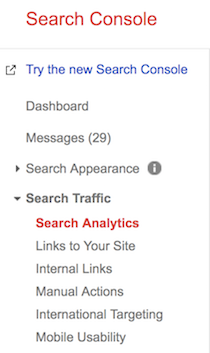
Make sure you exclude any branded terms and compile a list of your top 10 terms.
Now go to Google, type in each of these keywords manually and scroll to the bottom where it says, “related keywords”.

Google gives you a list of other popular terms that people are typing. What is beautiful about this list, is that these keywords are already related to the one you are ranking for and they are typically much easier to rank for.
So, for neilpatel.com, I already rank for the term “SEO.”
So Google is telling me that in addition to the word “SEO,” people are also searching for:
- what is seo and how it works
- seo definition
- what is seo marketing
- how to do seo
- seo wiki
- seo google
- seo tutorial
- seo company
As you can see I already integrated some of those phrases to the page on my website that already ranks for SEO.
You should do the same. It’s an easy way to rank for more relevant keywords, boost your traffic, and, eventually, your revenue.
If you do this for your top 10 keywords, you’ll have an additional list of 80 keywords (8 keywords per term).
And by integrating these terms into your site (only when it makes sense, don’t spam) you’ll quickly rank on page 1 for dozens of other terms.
If you want to go crazy like me, you can do this for 1,000 terms, which will then give you suggestions for an additional 80,000 keywords!
But again, don’t force it and ruin your user experience. This will hurt your conversion rate. You should only add keywords when it is natural and makes sense for the user.
And hopefully, you selected keywords from pages that are driving your revenue (remember Step 1!). The last thing you want is to spend time increasing your rankings and find that your revenue isn’t going up.
Step #4: Go after the low-hanging fruit
Have you noticed that there is a huge difference in traffic between the pages on your site that rank on page 2 compared to the content ranking on page 1?
Like most marketers, you probably don’t notice it because your pages that rank on page 2 of Google don’t get much traffic… which causes you to forget about them.
It’s sad but true.
So, let’s fix this!
Log into SEMrush, type in your domain name, and click on “Organic Research > Positions”.
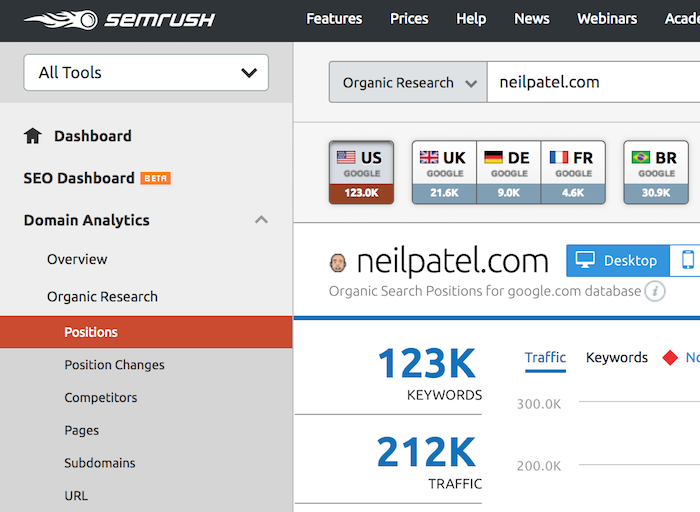
You’ll want to look for all of the terms that you rank number 11 or 12 for.
You can do this by using the filter setting (just copy the settings in the screenshot below).
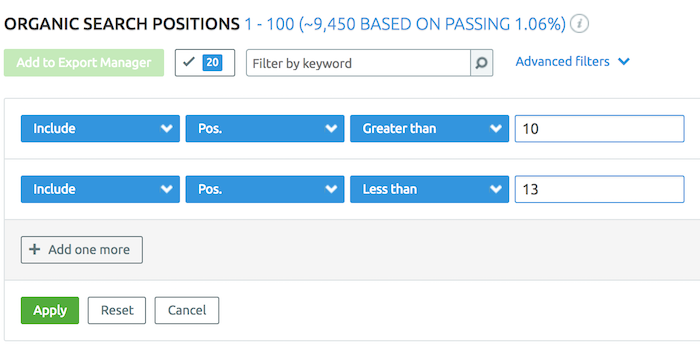
You’ll have a list of keywords that are almost on page one.
Now just make sure those keywords are pointing to pages that are responsible for driving your sales, leads, and revenue (go back to step 1 if you don’t know how to do this).
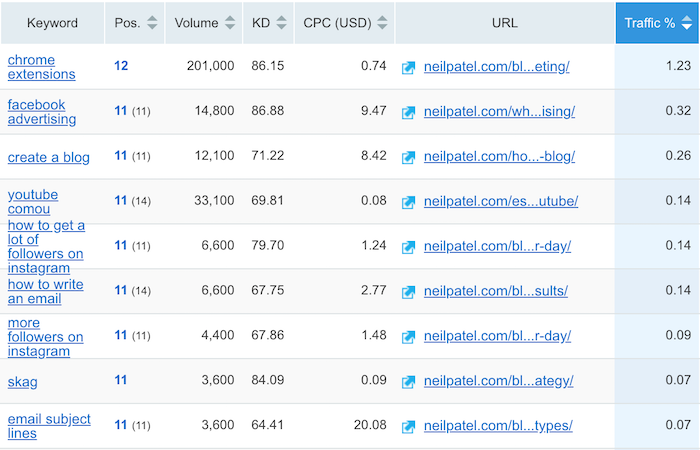
For the keywords that aren’t driving sales or leads, you can ignore them for now.
For one the ones pointing to pages that are driving sales or leads, perform a Google search for each of those keywords.
Now compile a list of web pages that are ranking above you.
Take those URLs and plug them into Ahrefs. Once you plug in each URL, click on “Backlinks” in the left navigation bar.
This will show you a list of sites linking to your competition.
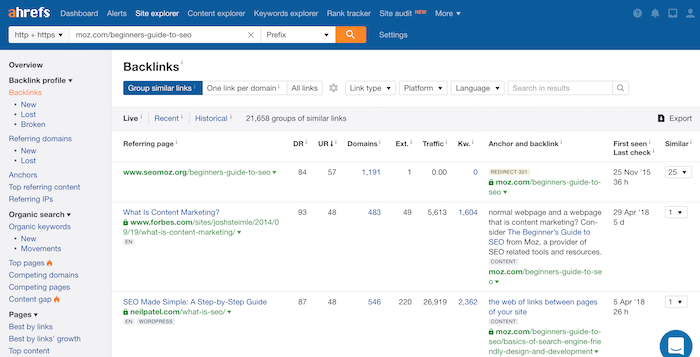
I want you to get in touch with each of those sites and beg for a link. Here’s an email template you can use (you’ll have to modify it to fit your site).
Hey [Insert website owners name],
I noticed that you are linking to [insert competing web page] from [insert the URL of on their website linking to the competition]. Did you know that the page you are linking to isn’t the best resource for your website readers?
It’s missing [insert multiple points on what that competing page lacks].
If you want to provide an even better experience for your website readers, you should consider linking to [insert your URL that you want to rank higher] as it has [insert why your web page better than the competition].
Cheers,
[Insert your name]
You’ll find that after emailing hundreds of sites that only 3% to 5% will link back to you assuming your page is comparable to the competition.
If you can’t get at least 3% to link back it means that you either didn’t do a good job modifying the email template or your page sucks compared to your competition. 🙁
I know this is tedious work, but it’s a great way to boost your traffic.
Just think about this stat when doing the link outreach… 91% of searches never go to page 2. Or as my sales team says, page 2 is the perfect place to bury a dead body.
Step #5: Attract buyers before they are ready to buy
Another reason I love Google is that they have this neat tool called Google Correlate.
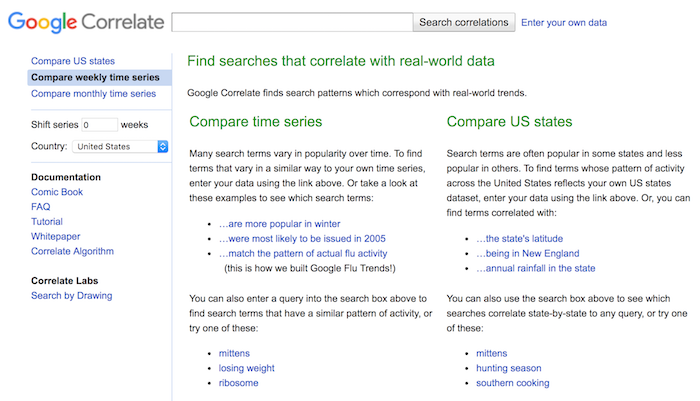
What Google Correlate does is shows you search patterns. In other words, they show you what your customers are typing in weeks or even months before they become customers.
And if you want to upsell your users, you can use Google Correlate to see what your customers type in weeks or months after they become a customer.
This will help you determine what products or services to offer assuming you want that upsell revenue.
Here’s how it works… let’s say you are selling beard oil. You type in “beard oil” into Google Correlate and you can see what people are typing in before they become customers.
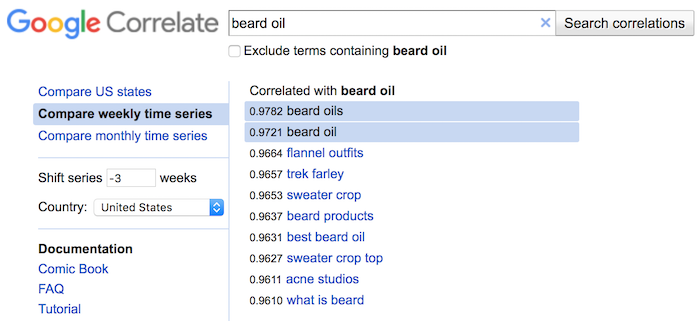
As you can see some of the keywords people are typing in are…
- beard oil
- beard oils
- flannel outfits
- trek farley
- sweater crop
- beard products
- best beard oil
- sweater crop top
- acne studios
- what is beard
To get those results I got, I selected “-3” weeks.
I am looking at what people typed in 3 weeks before they searched in beard oil. That’s why I put a “-” sign before the number 3 to see what they typed in before they searched for my main keyword.
If you want to attract more customers and build brand loyalty with people who may be interested in beard oil products, I would create content around the best beard oil or flannel outfits that go well with beards.
That’s what I got from the Google Correlate data.
And if I wanted to figure out what products to create in order to upsell my beard oil customers, I would perform the same search on Google Correlate but use a positive number such as “2 weeks.”
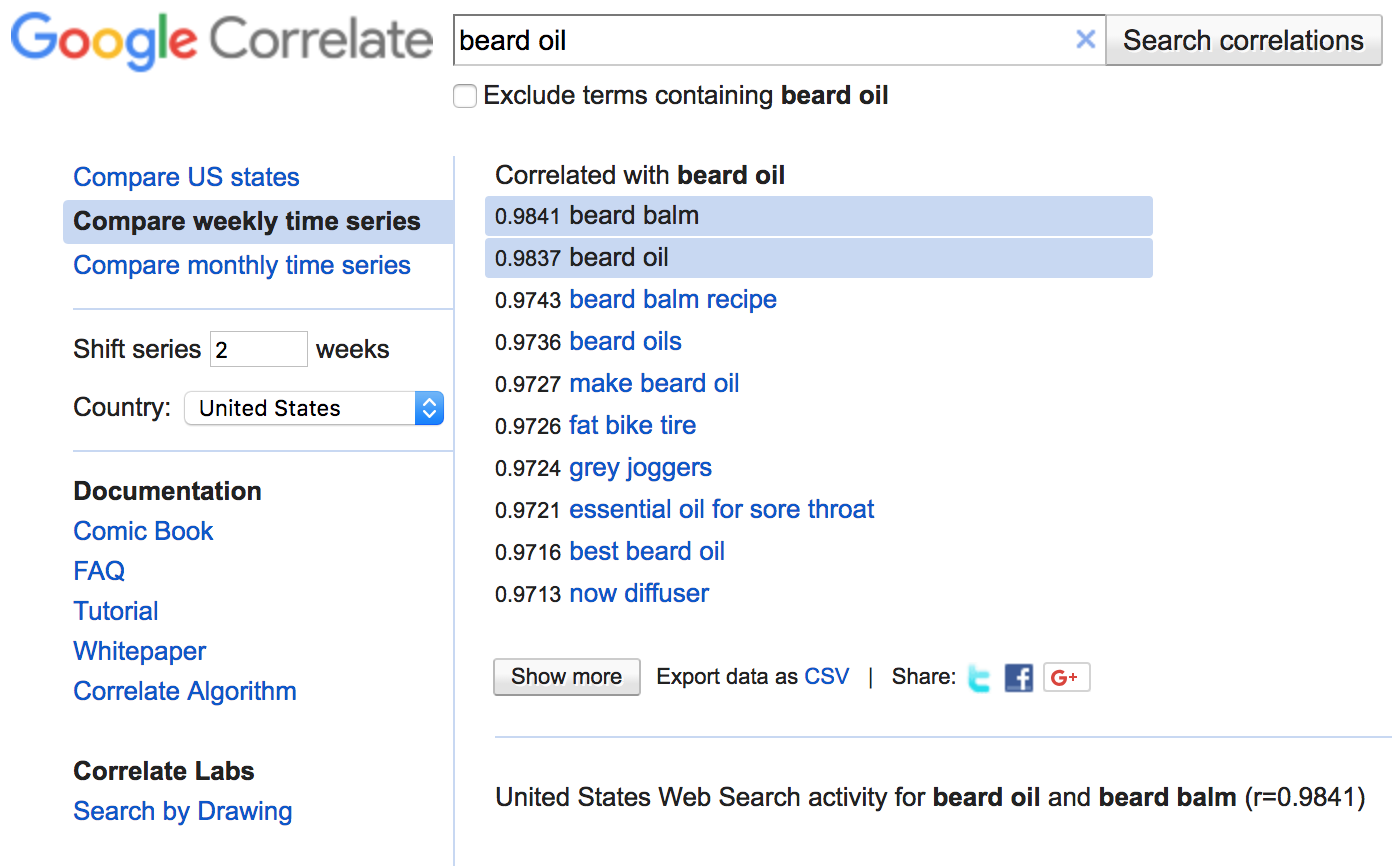
Based on the data above, I would consider offering beard balm as an upsell as there seems to be a strong correlation.
The cool part about Google Correlate is that you can do this for any keyword and sort the results by the country you are targeting.
Conclusion
I know my method of keyword search is a pain in the butt, but it works.
Just think of it this way…
Creating content on new topics is hard because there is no guarantee a new page on your website will rank for competitive terms.
But if you take web pages that already have traction and you improve them using the techniques I described above, it’s a guaranteed way to generate more search traffic.
Now if you want to create content that focuses on new keywords, by all means, you should do so!
I am not saying that creating new content is a bad idea… heck, I do it all the time.
But consider creating new content after you modify your existing pages that are already driving your traffic and sales.
And when you do go after new terms, don’t forget to use Google Correlate as it will help you gain the right type of traffic (plus your competition isn’t doing it).
So, what do you think of my keyword research and SEO process that I used to rank for thousands of keywords?
The post The Advanced SEO Formula That Helped Me Rank For 477,000 Keywords appeared first on Neil Patel.
